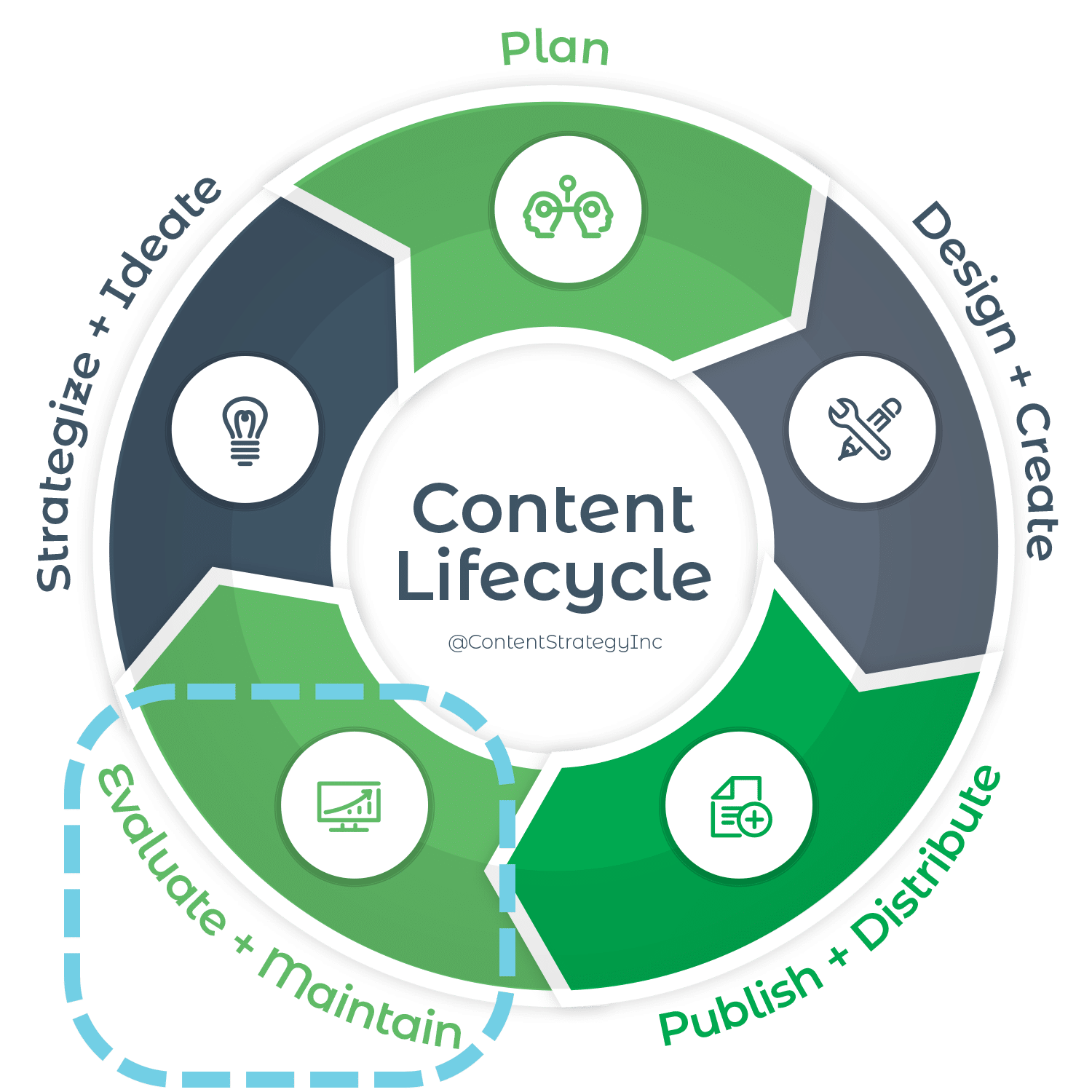How to keep your website lean, relevant, and useful to your users
A content maintenance plan contributes to an effective and sustainable content strategy. This series presents a guide to develop a content maintenance plan for your website.
Part 1: How to keep your website lean, relevant, and useful to your users
Part 2: Define the states in which your content can exist
A good content maintenance plan is hard to find.
Most of our clients find themselves relieved by the time they’re able to get a piece of content to the finish line and published. So much so, in fact, that they don’t give much thought to what will happen to it next. They’ve tossed their content into a world that is forever changing and growing, as any website inevitably will. But there’s often no plan on how to check in on it, and the rest of their content, to make sure it’s still relevant, accurate, and useful to their users.
So what happens? Websites get cluttered and bloated. Users can’t find what they need. Content is needlessly recreated. Information becomes outdated and inaccurate, and sometimes conflicts with newer information. Users get frustrated. Your website becomes less useful and, ultimately, your brand and business suffer.
This is why every organization should have, and implement, a content maintenance plan. A plan that creates a machine made up of processes, technology, and people, to seamlessly keep a website’s content in order.
Why do you need a content maintenance plan?
Good content management means keeping track of your content throughout the entire content lifecycle. One of the phases of this lifecycle includes content maintenance:
To maintain your website, you need to know what’s there, how it’s performing, and making sure the content is accurate and up-to-date.
- In many organizations, content maintenance happens on an ad hoc basis when someone notices something is wrong or out of date and says something.
- Customers call in to the call centre and complain about how they couldn’t find what they needed on the website.
- Someone pulls a performance analysis report for website content and brings attention to poorly performing pages.
In this way, things occasionally get updated, archived, or removed.
But content maintenance shouldn’t be reactive. Doing the work up front to put the right systems in place will turn content maintenance of your website into a smooth operation, and ensure that your website is always up to date, accurate, and stays lean and easy to use for your audiences.
To achieve this, you can design and implement a content maintenance plan that ensures an ongoing, systematic approach to performing upkeep on your website.
Read part 2: Define the states in which your content can exist.
